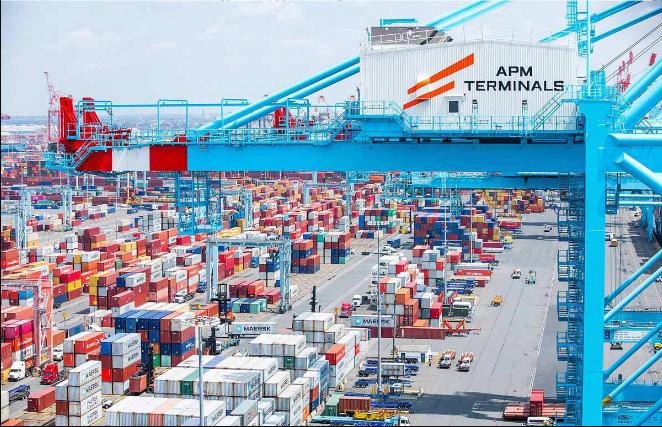Nigeria has extended its streak of positive trade balances to an unprecedented 11 consecutive quarters, underscoring both the resilience and vulnerabilities of Africa’s largest economy in the face of global and domestic headwinds.
To this end, exports outpaced imports by a wide margin, yielding a surplus of N12.64 trillion in the six month period—54.63 per cent higher than the N8.17 trillion recorded a year earlier.
According to fresh data from the National Bureau of Statistics (NBS), total merchandise trade surged 12.88 per cent year-on-year in the first half of 2025 to N74.06 trillion, up from N65.61 trillion in the same period of 2024.
The second quarter of 2025 proved pivotal. Total trade climbed to N38.04 trillion, while exports rose 28.43 per ceny year-on-year to N22.75 trillion. Imports were subdued at N15.29 trillion, weighed down by elevated foreign exchange costs and import substitution reforms.
The result was a robust trade surplus of N7.46 trillion, up 44.31.per cent from the first quarter. This performance marks Nigeria’s 11th straight quarterly surplus since Q4 2022, a run celebrated by some as a milestone.
Commenting on social media platform X, analyst @jimmyshomuji (Jimmy Sho’) described the development as “growing export strength and positive trade balance over nearly three years,” adding that it mocked “doom prophets who swore the country couldn’t string together two good quarters without divine intervention.” Despite the positive outlook, a financial expert, Kalu Aja, countered that surpluses were the norm rather than the exception.
“From 1999 to 2024, Nigeria has achieved a positive balance of trade in all years apart from 2016, 2020 and 2021 (COVID). You are celebrating what is standard,” he wrote.
“The real question is what proportion of that export is non-oil,” he added. That question cuts to the heart of Nigeria’s trade dynamics. Crude oil remained the backbone of exports in Q2 2025, accounting for N11.97 trillion or 52.6 per cent of external receipts.
Yet non-crude exports have gained traction, rising to N10.78 trillion or 47.4 per cent of exports, with non-oil products— such as cocoa, sesame, and manufactured goods— making up N3.05 trillion (13.39%). Manufactured exports, in particular, surged 67.18 per cent year-on-year and more than doubled quarteron-quarter to N803.81 billion, signaling green shoots of diversification. Still, mineral products dominated overall export earnings, contributing a staggering 87.34 per cent of the total.
Regionally, Europe absorbed the largest share of exports (N8.69 trillion, 38.2%), followed by Asia (N7.42 trillion, 32.6%). Spain, India, France, the Netherlands, and Canada emerged as Nigeria’s top five buyers, collectively accounting for nearly 40 per cent of trade.
On the import side, China retained its dominance with N4.96 trillion in shipments—32.45 per cent of Nigeria’s imports—while the United States followed with N2.16 trillion. Import compression was most evident in oil products, which halved to N2.79 trillion, reflecting higher local refining output.















